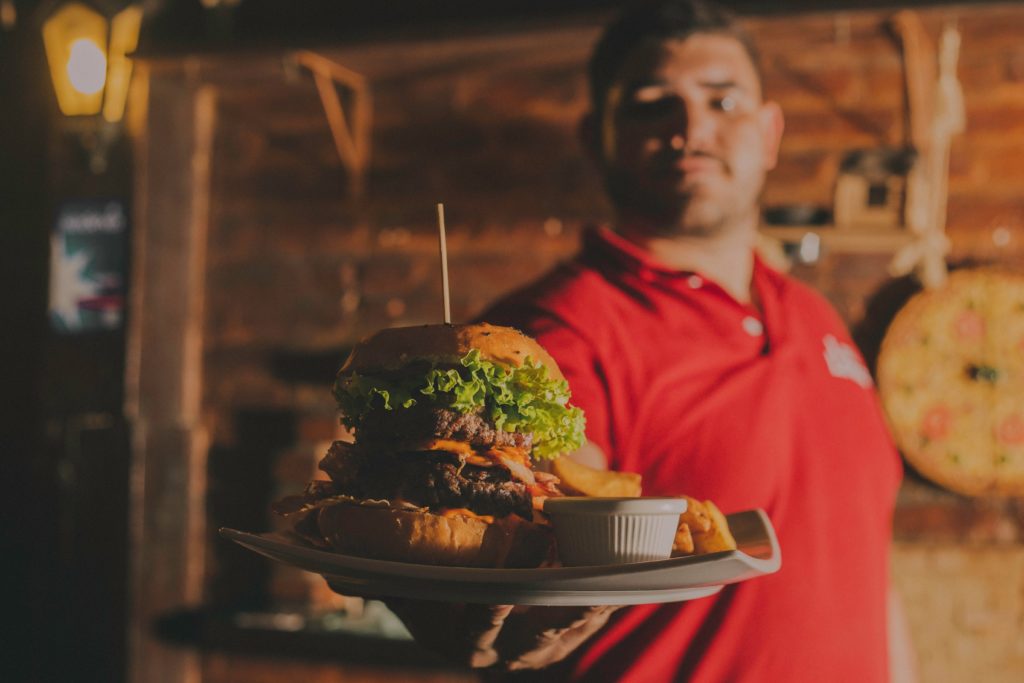All fields are required
Posted in Food Policy,Food Safety on July 27, 2018

Most of us really enjoy dining at restaurants. I know I do. But how can we be sure that the food we consume is safe to eat? With all the recent recalls involving everything from lettuce, meat, melons and even cereal, it can certainly seem exhausting to practice vigilance when it comes to food safety. This is why our trusty local health department and other federal agencies are here to help us make good (and safe) decisions.
The Powerful Agency That Safeguards Our Food: the FDA
The creation of the Food and Drug Administration dates back to 1927, when Congress charged the Department of Agriculture’s Bureau of Chemistry with the enforcement of the 1906 Food and Drugs Act. Initially, Congress split this bureau into two distinct agencies: one which handled regulations, and another to conduct experiments. By 1979, it was under the aegis of the Department of Health and Human Services.
But it wasn’t until the 1970’s that the FDA became the agency that we know today, after quite a few name changes, reorganizations, and even relocations. The tasks of this agency in its present incarnation are, of course, what interests us now, and the safeguarding of our food sources is of great significance today. We inherently place trust not only in the FDA, but a myriad of local and state agencies that are the final responsibility of the FDA to ensure that stringent guidelines are followed.
The FDA and Restaurant Inspections
The length and breadth of FDA regulations is extensive and exhaustive, as their regulations cover medical devices, cosmetics, veterinary products, tobacco, and biologics, such as vaccines and blood products. This is all exclusive of food regulation, so for the purposes of this article, we’ll focus on food: specifically that which is provided at restaurants and at food stores.
All restaurants that prepare food for public consumption are subject to health standard-based regulations. As consumers, we really don’t understand what goes into a restaurant inspection and how a particular food establishment receives it’s “grade.” Restaurants are required to post a letter grade that has been given by the local health department, and it’s important to understand how those letter grades are derived. A perfect score is 100, so a 90 to 100 point score is an A, 80 to 89 is a B, and so on. First and foremost is the local inspector’s evaluation as to a restaurant’s effectiveness in measures to prevent any instances of foodborne illness, such as the presence or absence of improper holding temperatures, inadequate cooking procedures (for example, undercooking raw eggs), contaminated equipment, food deriving from unsafe sources, and poor personal hygiene. Additionally, inspectors must ascertain certain risk factors according to the type of food served, e.g. an establishment that provides deli sandwiches but does not cook food is considered a lower risk than say a fast food restaurant that serves hamburgers (raw meat), and especially a sushi bar that provides uncooked or undercooked seafood.
Another factor that inspectors closely examine is the inspection and compliance history of each restaurant, meaning the more recent a violation, the more frequently it undergoes inspection. It perhaps goes without saying that establishments that are associated with known foodborne illnesses or outbreaks are inspected most often.
What Restaurant Proprietors Can Expect from an Inspection
An inspector arrives at a restaurant establishment, clipboard or smart phone in hand, and begins his or her inspection with a score of 100 and starts deducting points from there. Essentially, the procedure goes something like this:
The Kitchen
Other Areas
What Constitutes a Major Violation
Many violations are minor and are worth only a one point deduction, such as unclean or unkempt furniture or an open condiment bottle. Major violations can directly impact the safety of the restaurant’s food, such as:
Because a restaurant’s inspection grade score may be an “A”, it is still good practice, as a consumer, to be vigilant. A score in the A range may not indicate a sparkling clean and pristine eating establishment, as evidenced by the fact that the restaurant could indeed have several violations, some minor, but also a major violation (worth four points) and still be issued an A grade. However, violations such as an insect or rodent infestation, or lack of hot water, will be cause for an immediate shut down. For those interested in real-time inspection reports of their local restaurants, there is an app called whatthehealthapp.com. It includes the restaurant’s inspection scores as well as the types of violations.
By: Kerry Bazany, Contributing Writer (Non-Lawyer)